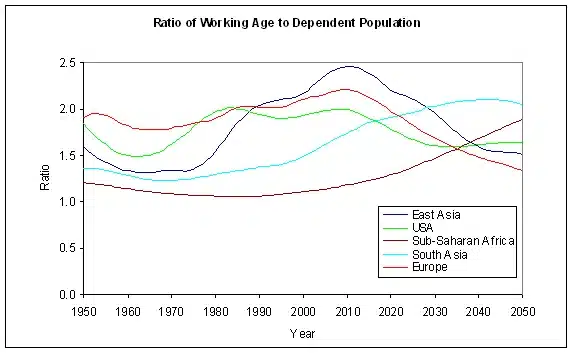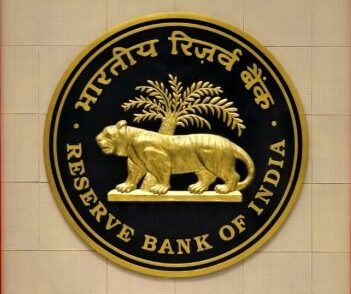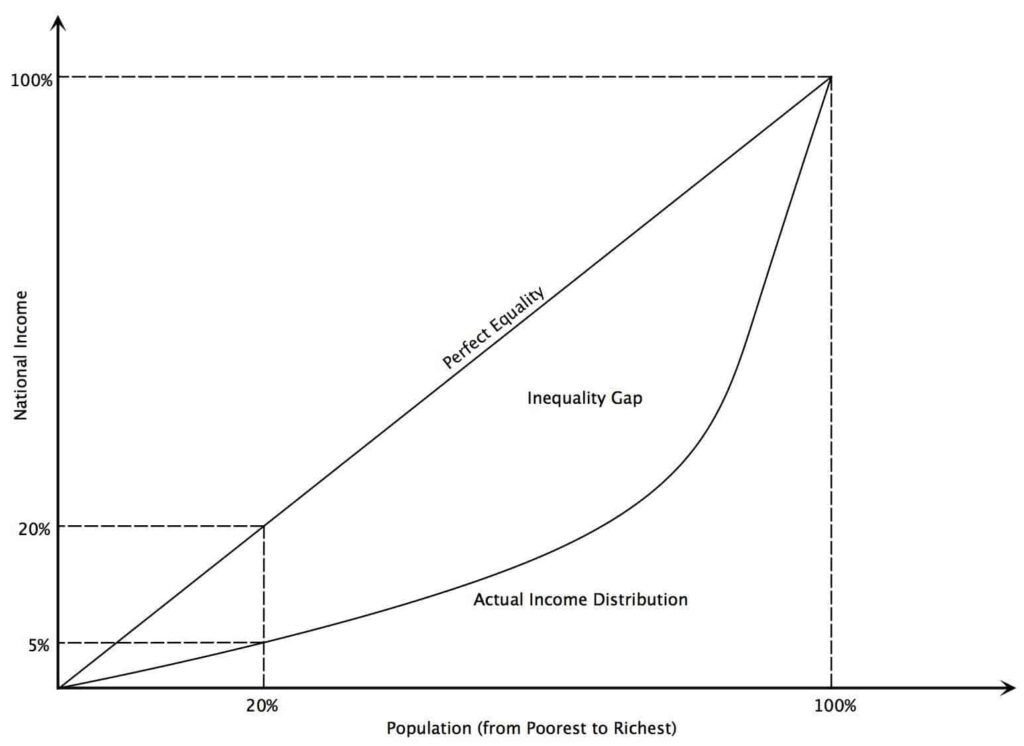Debt-to-GDP Ratio
In economics, the debt-to-GDP ratio is the ratio between a country’s government debt and its gross domestic product (GDP). Some facts on the debt-to-GDP ratio:
- With the revenue outlook dented, fiscal deficit and debt are rising.
- Reduction in economic activity is what’s pushing up the debt-to-GDP ratio.
- A low debt-to-GDP ratio indicates an economy that produces and sells goods and services is sufficient to pay back debts without incurring further debt.
- The higher the ratio, the less likely the country will repay its debt. There is also a higher risk of default.
- Global investors often look at this ratio to evaluate the government’s ability to fund its debt.
- According to World Bank, if the debt-to-GDP ratio exceeds 77% for a prolonged duration, it slows down growth.
- The anticipated surge in the government debt-to-GDP ratio will restrict its spending.
Explanation :
If a country were a household, GDP is like its income. Banks will give you a bigger loan if you make more money. In the same way, investors will be happy to take on a country’s debt if it has a relatively higher level of economic output. Once investors begin to worry about repayment, they will perceive a higher risk of default, which means they will demand more interest rate returns for their investment. That increases the country’s cost of debt. When the cost of debt gets out of hand, it can quickly become a debt crisis.
What Is the Tipping Point?
A 2013 study by the World Bank found that if the debt-to-GDP ratio exceeds 77% for an extended period, it slows economic growth. Every percentage point of debt above this level costs the country 0.017 percentage points in economic growth.
The Debt-to-GDP Ratio Can Signal a Recession
- As a country’s debt-to-GDP ratio rises, it often signals that a recession is underway.
- A country’s GDP decreases in a recession.
- It causes taxes (federal revenue) to decline at the same time the government spends more to stimulate its economy. In an ideal scenario, economic stimulus spending is successful, and the recession lifts.
- The stimulus creates more economic activity, which increases taxes and federal revenues, which helps put the debt-to-GDP ratio back in balance.
What will happen, when the debt-To-GDP ratio exceeds 100%?
The debt-to-GDP ratio is commonly misunderstood, as many think that a ratio exceeding 100% indicates a bankrupt or insolvent country. Japan is a country with a ratio of well over 200% for over a decade with no signs of defaulting. Therefore, the ratio does not offer strong insights into a country’s likelihood of default.
Also refer :
- Download the pdf of Important MCQs From the History Of Ancient India
- List Of Important Inscriptions In India
- बिहार आर्थिक सर्वेक्षण रिपोर्ट : 2020-21.
- Know About The Different Trade Blocks And India’s Trade Agreements.
- Know About RCEP And Why India Did Not Join It?
- Know The Difference Between Surcharge And Cess.








